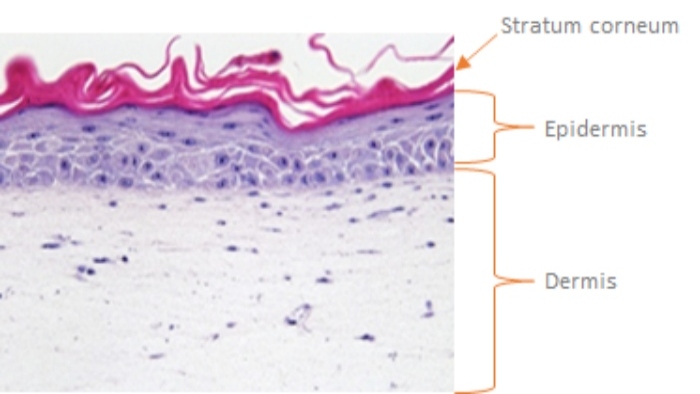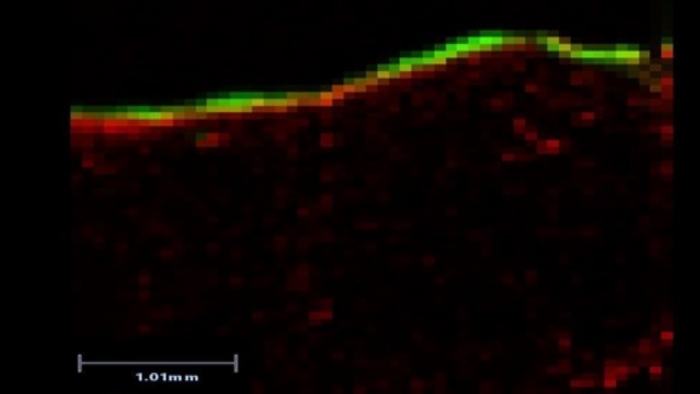Skincare is big business, worth upwards of £2bn in the UK alone. Labskin UK and Sheffield Hallam are helping cosmetic and pharmaceutical companies find a competitive edge by using mass spectrometry and a market-leading artificial skin model to analyse product performance.
Beneath the surface
Skin is an incredible biological design. The largest organ in the human body, it provides a natural barrier to toxic agents, microorganisms and harmful radiation, while allowing essential substances like water and electrolytes to flow freely between cells.
Cosmetics are designed to remain on the surface or sit in the outermost layers of the skin, which is known as topical delivery. While some pharmaceuticals are intended to pass through the skin into circulation, known as transdermal delivery.
How they react with the skin depends on the physio-chemical properties of the active ingredient and the drug formulation1.
To see how these products actually perform, you need to look beneath the surface.
A living skin equivalent
Animal testing was banned under the 7th amendment to the European Union Cosmetic Directive in 2004. Since then, the market for artificial skin has surged, but due to its complex nature, skin isn’t easy to replicate.
Labskin Ltd is a market leader, engineering 3D human skin models for ethical research and development. Because it mimics the skin’s biome, it’s an ideal model for testing cosmetic and skincare products.
The full-thickness living skin equivalent (LSE) is grown with human skin cells on a scaffold material (Figure 1).



